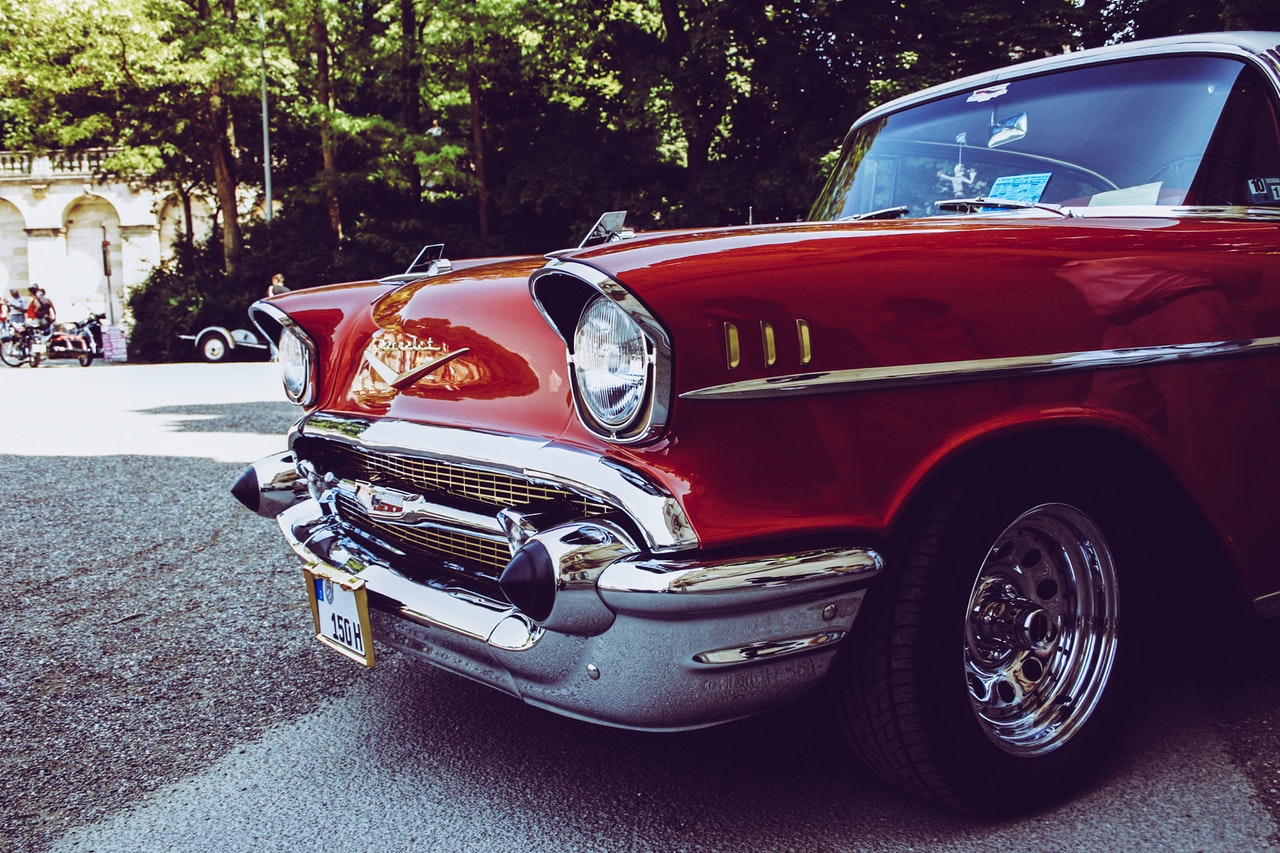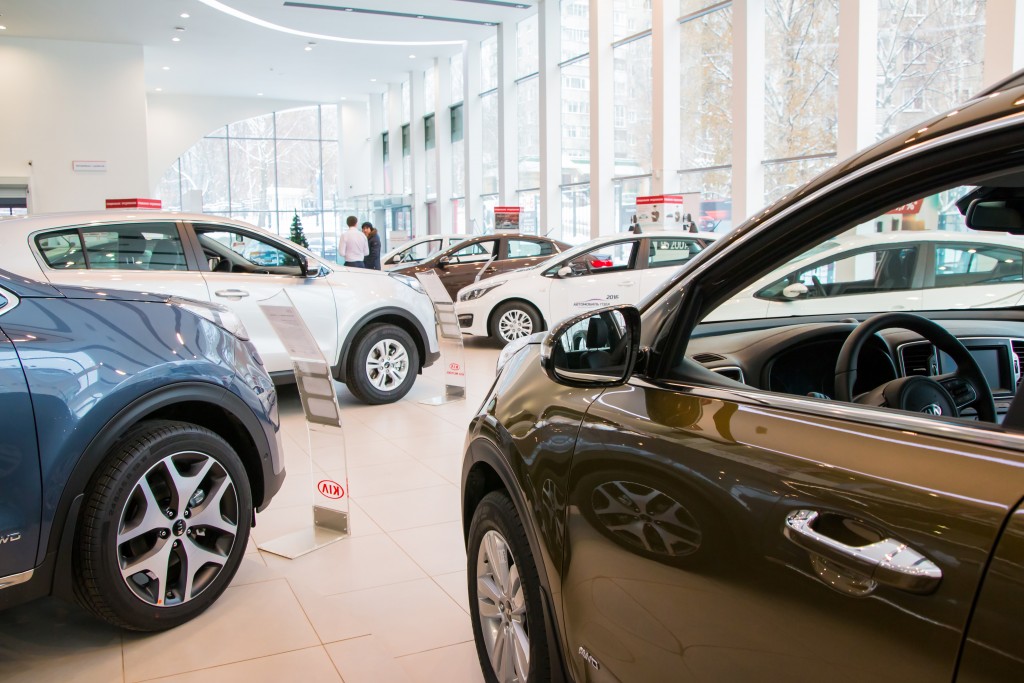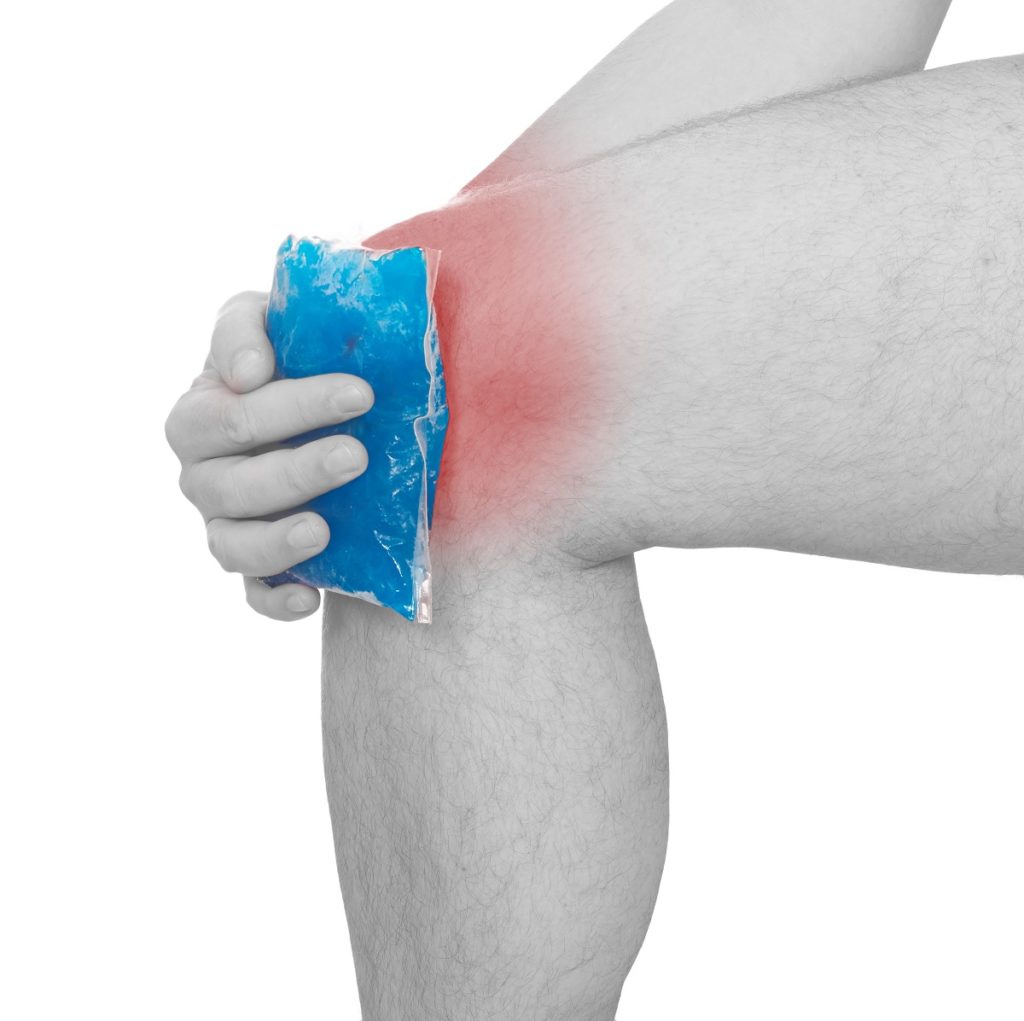Classic cars are the easiest to steal because they are harder to track down once stolen. Although most of these cars come with specific tags and serial numbers so that they don’t get easily stolen, they do not come with advanced tracking systems as other cars do. Vintage car collectors want to keep these vehicles as close to their original design as possible. They will not alter anything nor modernize it because the attraction of these cars comes from not being the same as every other car on the road right now.
People spend a huge sum of money keeping these cars in place. The maintenance of these vintage cars is even more expensive than the big sport utility vehicles today. Not to mention, car collectors need to keep them away from the prying eyes of criminals. But all over the world, there has been a spike in targeting classic cars. In 2019, hundreds of classic cars have been stolen in the United Kingdom.
Thieves don’t usually sell these cars as a whole because the serial numbers will make them easier to detect. Rather, they chop these cars up and sell the parts in the black market. That’s how they make money off it.
Secure Your Property/Garage
If you have a vintage car in your home, make sure to add extra security measures to your property. Don’t go for a wooden fence as seasoned criminals can easily cut a portion of this to get inside your home. Use closed, sturdy, and durable fencing materials. The one from Trex Fencing – SRF is a good choice because Trex fences cannot be cut through with pliers. One will need an electric saw to cut through so that will cause loud sounds. Criminals will have to dismantle the whole picket, so they can’t just remove one panel to gain access inside the property.
Making it harder for criminals to get inside your property from the fence, which is the main entry point, will discourage them from targeting your home. Keeping them away from your home is the best thing you can do as the owner. They need to cross off your property from their list of targets.
Replace Old Locks
Every classic car owner should know that the first thing to do when restoring vintage cars is to replace old locks. Not only do previous owners may still have the key to the car, but door locks can get worn out, too. There are many suppliers out there who can find a car lock that will resemble the original ones in your vehicle. If that is not possible, ask a locksmith to re-pin the cylinder to avoid potential break-ins.

Store It Properly
If you’re leaving for a few days, don’t leave your car in your home garage. Rather, find a private garage company that takes care of vehicles left by owners who need to go out of state for a few days. When you need to take the car for a spin, don’t park it in a secluded area. Find a well-lit public space where it will be hard for the criminals to try to get into it. You should also find a parking space that’s near you and will let you keep your eye on it from time to time.
Install Security Windows
Professional criminals carry tools such as window punches to break a window or glass with minimum noise. This allows them to get inside a class car easily. Since classic cars don’t have alarms that go off when they detect intrusions, a thief can easily get away with this technique. Replace your car’s standard glass with high-quality security glass. At the very least, you can use a security film to protect your window from breaking.
Use Technology
For many car collectors, the main attraction of vintage cars is their no-frills function. They do not come with computerized dashboards that put too much weight on their bodies. They come with none of the knobs that make a modern car’s central panel look more like a computer. However, to protect your car, you have to give in at least to installing a GPS tracker and alarm system. These two systems are unobtrusive and won’t affect the aesthetics of the vintage car.
Having a vintage car is a lot of responsibility. Since these cars are rare and expensive, they’re usually the target of criminals. Vintage car owners should take extra precautions for their cars—from their fences to their home garage to the technology they can use to protect these vehicles.




